The NASA/ESA Hubble Space Telescope has captured a detailed image of the Tarantula Nebula, revealing intricate structures within the stellar nursery’s dusty clouds. The image has been chosen as the Hubble Picture of the Week.
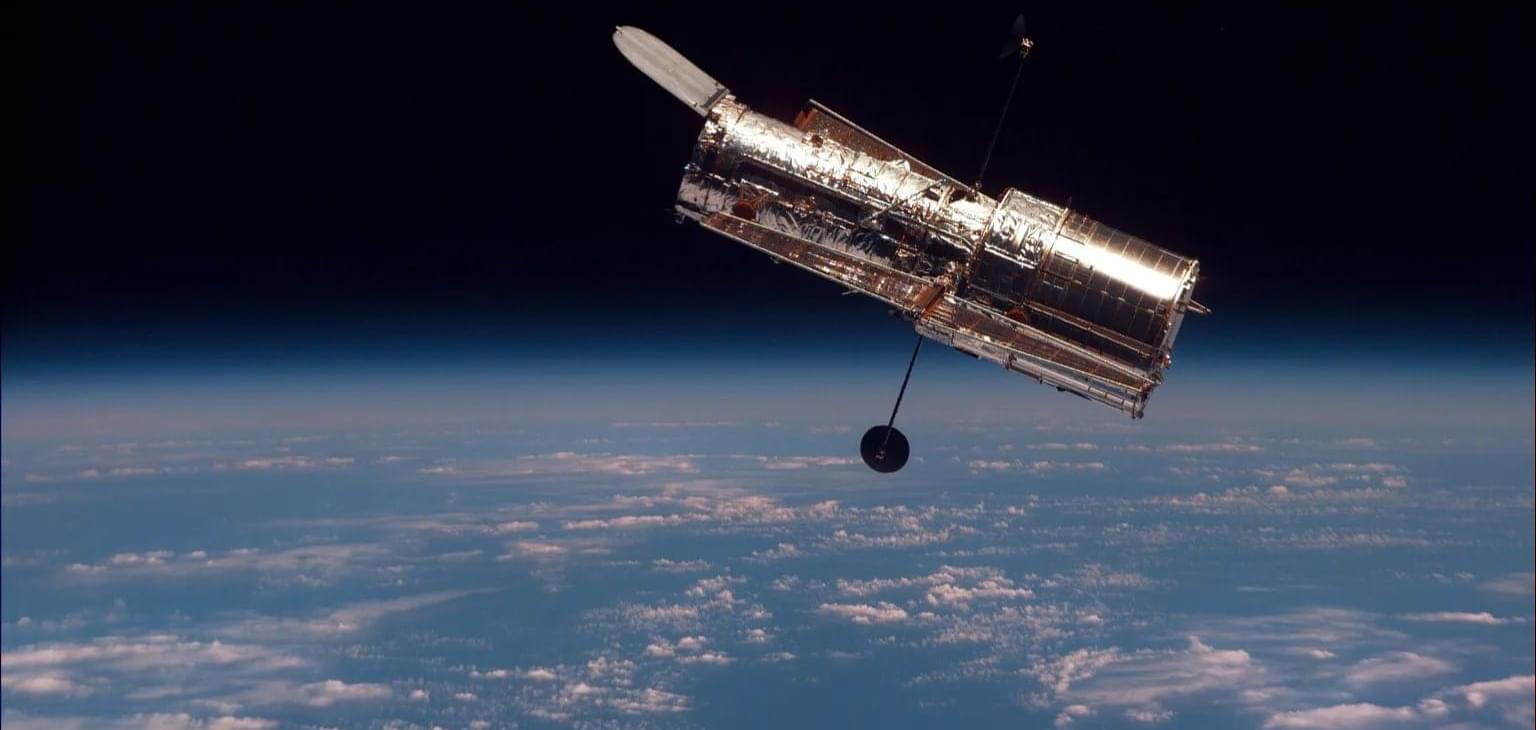

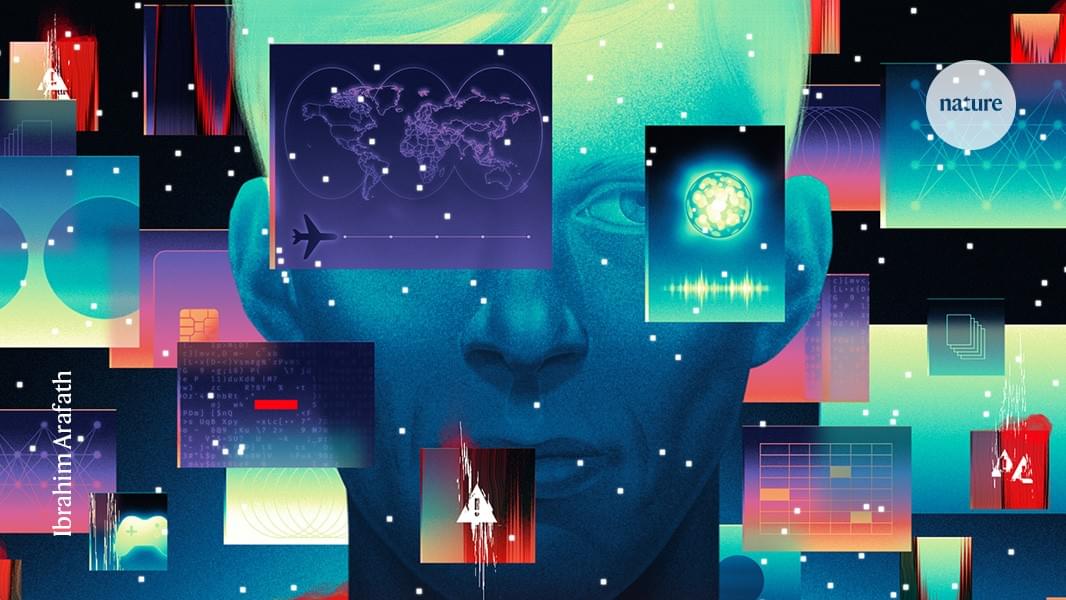
From meteor showers to visible nebulas, August is primed to be an action-packed month for stargazers in the United States.
And one of the highlights of the month? The impending meet-up of Jupiter and Venus.
The gas giant Jupiter, our solar system’s largest planet, is due to make a close approach in August with Venus, NASA said in an August skywatching guide. The rendezvous, known in astronomy terms as a conjunction, comes a few months after Venus underwent an inferior conjunction in March – meaning it appeared in the sky after sunset and again before sunrise.

A team of researchers from South Korea has developed a thin, robotic actuator based on the movements of real human muscles.
Actuators are, effectively, the ‘muscles’ of robotic machines. They are devices that convert stored energy into physical motion.
The new system was inspired by human muscle proteins, a press statement reveals. It could eventually allow for human-robot interactions, and may even enable robots to perform delicate surgical procedures.
Use my code SABINE at https://displate.com/@sabine get 1 Displates for 23% off & 2–3 Displates for 27% off, and 4 or more for Displates for 33% off!
(*Not applicable on Lumino, Textra and Limited Edition).
Gravitational memory is the idea that gravity’s ability to duplicate information from other forces should somehow store that information in certain masses. A group of physicists has now published a series of papers claiming that this idea might solve the black hole information loss problem and explain dark matter. Really? Let’s take a look.
🤓 Check out my new quiz app ➜ http://quizwithit.com/
📚 Buy my book ➜ https://amzn.to/3HSAWJW
💌 Support me on Donorbox ➜ https://donorbox.org/swtg.
📝 Transcripts and written news on Substack ➜ https://sciencewtg.substack.com/
👉 Transcript with links to references on Patreon ➜ https://www.patreon.com/Sabine.
📩 Free weekly science newsletter ➜ https://sabinehossenfelder.com/newsletter/
👂 Audio only podcast ➜ https://open.spotify.com/show/0MkNfXlKnMPEUMEeKQYmYC
🔗 Join this channel to get access to perks ➜
https://www.youtube.com/channel/UC1yNl2E66ZzKApQdRuTQ4tw/join.
#science #sciencenews #physics #gravity
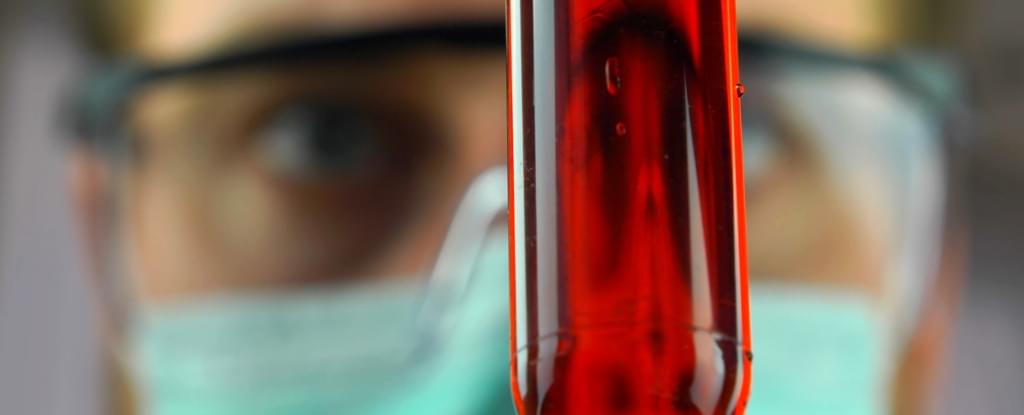
Cases of chikungunya fever are rising in southern China, prompting local authorities to take measures to curb its spread.
Here is what you need to know about the disease:
What is chikungunya?
Chikungunya is caused by a virus that can be passed to humans by infected mosquitoes, with most cases occurring in Africa, Asia and the Americas.
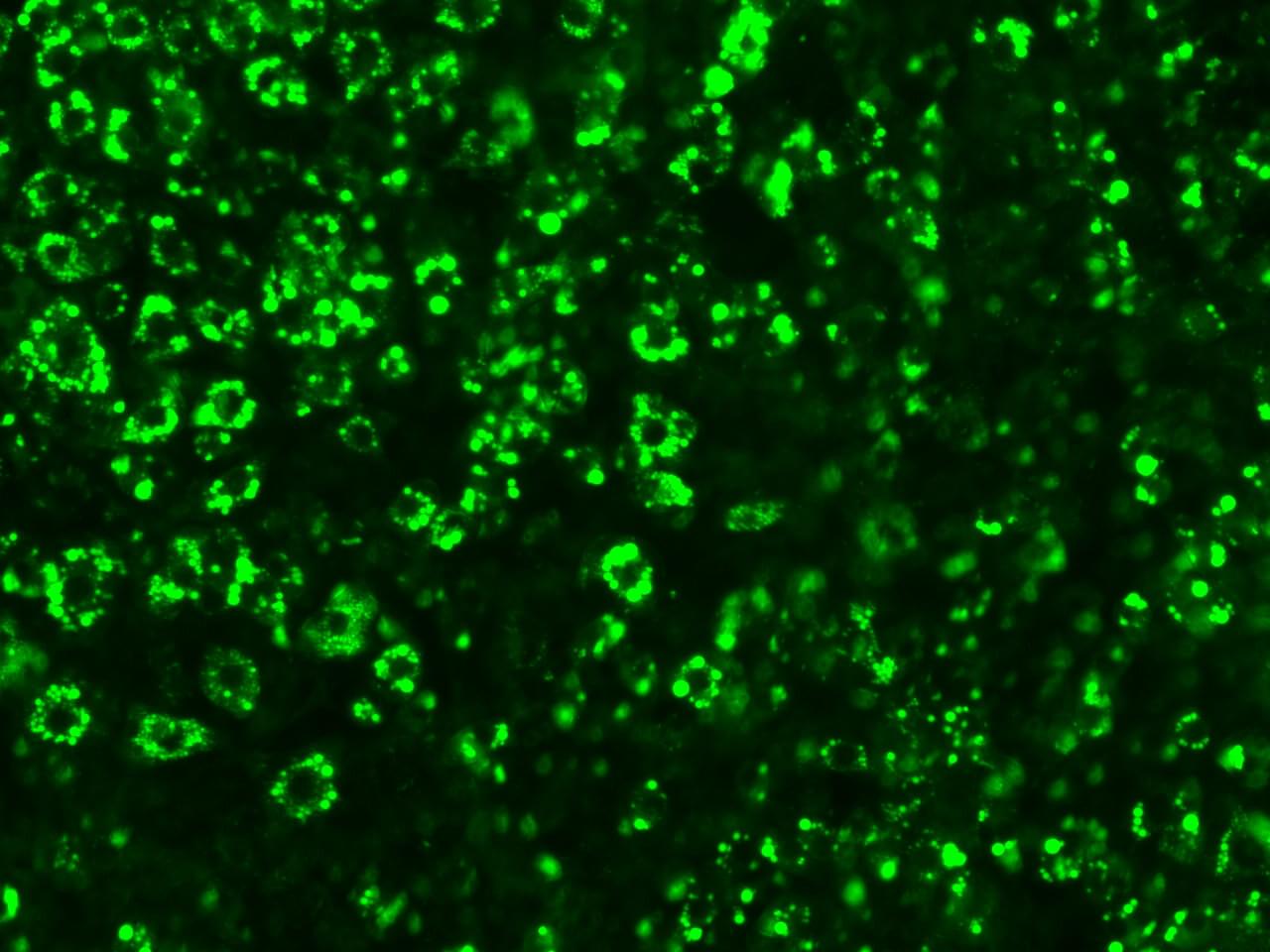
The obesity rate has more than doubled in the last 30 years, affecting more than one billion people worldwide. This prevalent condition is also linked to other metabolic disorders, including type 2 diabetes, cardiovascular diseases, chronic kidney disease, and cancers.
Current treatment options include lifestyle interventions, bariatric surgery, and GLP-1 drugs like Ozempic or Wegovy, but many patients struggle to access or complete these treatments or to maintain their weight loss afterward.
Salk Institute scientists are looking for a new treatment strategy in microproteins, an understudied class of molecules found throughout the body that play roles in both health and disease.

Neuroblastoma can be a particularly insidious cancer. In about half of all cases, tumors regress, even without therapy. In the other half, tumors grow very quickly. These tumors often respond well to chemotherapy at first, but usually return after one to two years. A characteristic feature of such aggressive neuroblastoma cells is an abnormally high number of copies of the oncogene MYCN.
A team led by Dr. Jan Dörr and Professor Anton Henssen from the Experimental and Clinical Research Center (ECRC), a joint institution of Charité—Universitätsmedizin Berlin and the Max Delbrück Center, has now discovered that the location of the MYCN gene plays an important role in the aggressiveness of neuroblastoma: If it is located outside chromosomes, cancer cells enter a dormant state and thereby render themselves immune to therapy.
In Cancer Discovery, the research team proposes a new treatment strategy that targets these dormant tumor cells. Their approach has already proven successful in a mouse model.
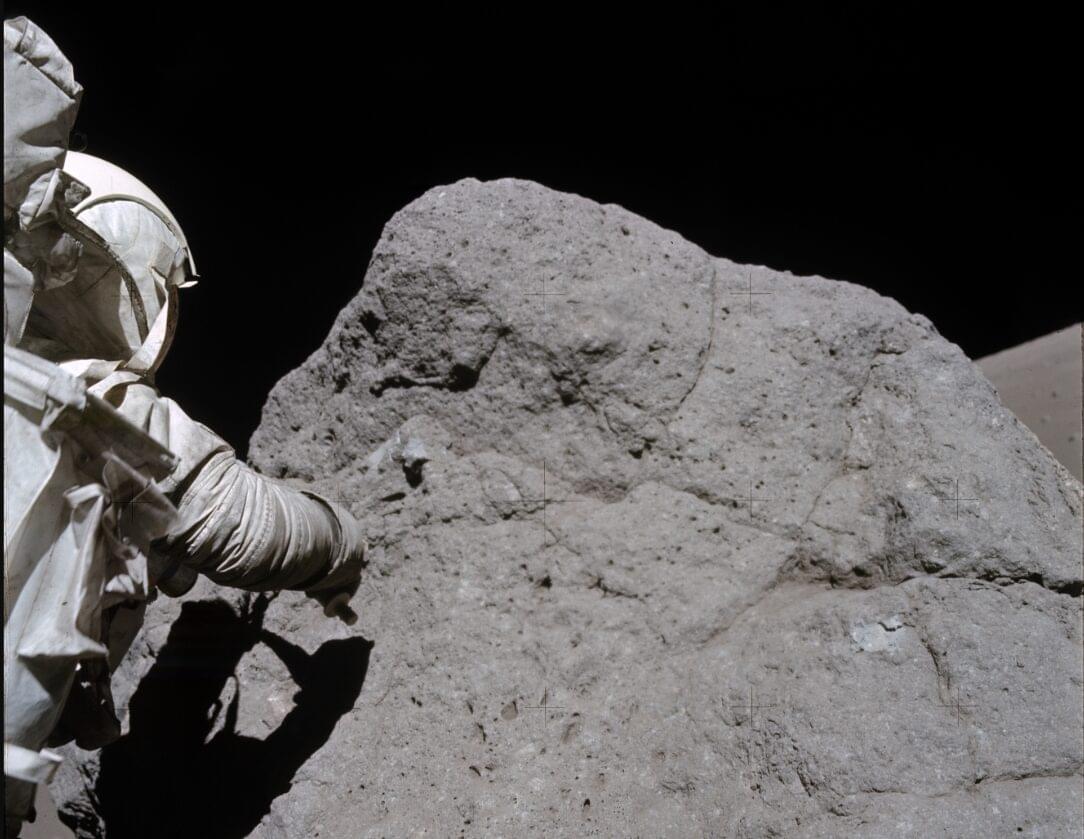
A new paper reveals that ground acceleration from moonquakes, rather than meteor impacts, was responsible for shifting lunar landscapes at the moon’s Taurus-Littrow valley, where Apollo 17 astronauts landed in 1972. The study also pinpointed a possible cause for those surface changes and assessed damage risk using new models of the quakes—findings that may impact the safety of future lunar missions and the establishment of long-term bases on the moon.
The paper, authored by Smithsonian Senior Scientist Emeritus Thomas R. Watters and University of Maryland Associate Professor of Geology Nicholas Schmerr, is published in the journal Science Advances.
The scientists analyzed evidence from the Apollo 17 landing site, where NASA astronauts collected samples from boulder falls and landslides that were likely triggered by moonquakes. By studying the geological evidence left behind, the researchers were able to estimate the strength of these ancient moonquakes and identify their most probable source.
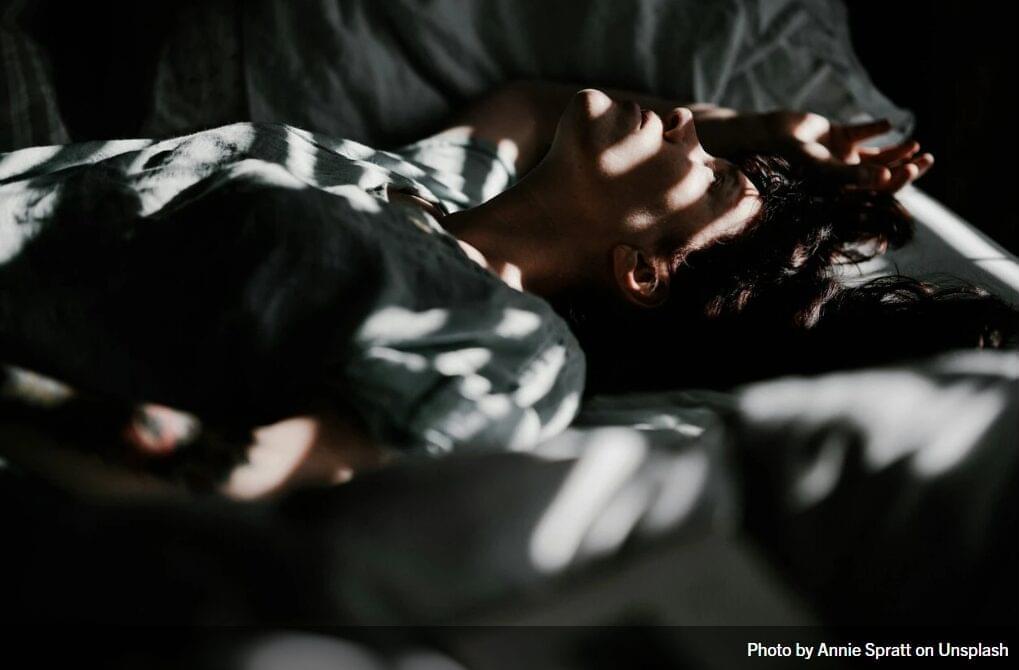
A new study reveals that fragmented sleep causes cellular damage to the brain’s blood vessels, providing further evidence to suggest that sleep disruption predisposes the brain to dementia.
The research, published in the journal Brain, is the first to offer cellular and molecular evidence that sleep disruption directly causes damage to brain blood vessels and blood flow.
“We found that individuals who had more fragmented sleep, such as sleeping restlessly and waking up a lot at night, had a change in their balance of pericytes—a brain blood vessel cell that plays an important role in regulating brain blood flow and the entry and exit of substances between the blood and the brain,” said Andrew Lim, principal investigator of the study and a sleep neurologist and scientist at Sunnybrook Health Sciences Centre.